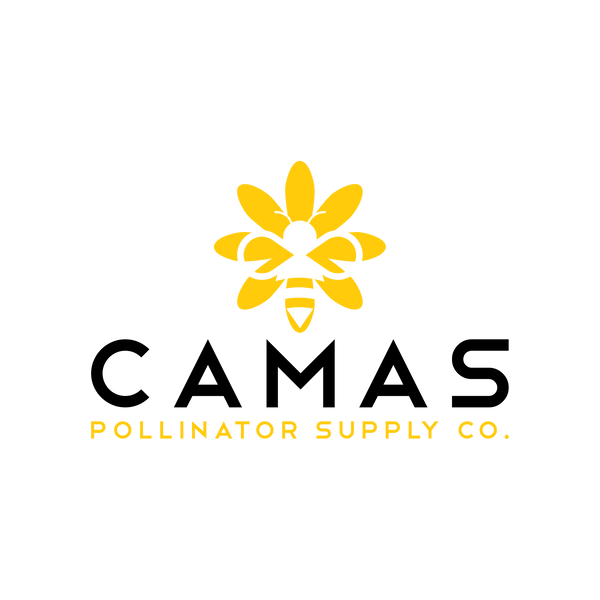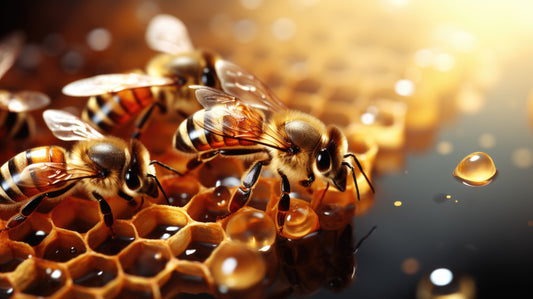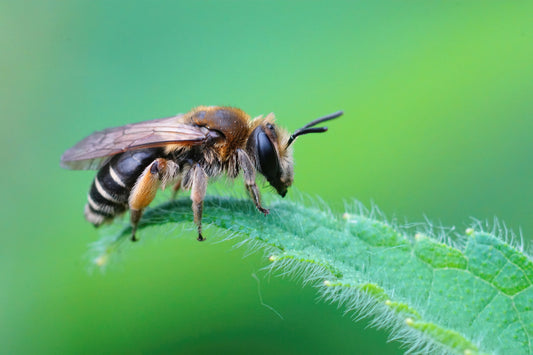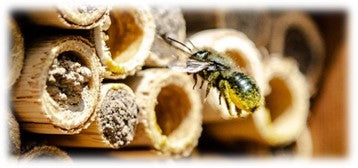Discover why beautiful gardens can fail pollinators and how to transform yours into a buzzing haven

You've planted the right flowers, avoided pesticides, and even installed a bee house. Yet somehow, your carefully planned pollinator garden feels disappointingly quiet while your neighbor's yard hums with activity. Sound familiar?
After helping thousands of gardeners troubleshoot their pollinator gardens, we've identified five critical mistakes that even well-meaning, experienced gardeners make. The good news? These issues are surprisingly easy to fix once you understand what's really happening.
Mistake #1: The Bloom Gap Disaster
The Problem: Your garden looks spectacular in May and June, then becomes a pollinator wasteland by July.
Most gardeners focus on spring beauty without considering seasonal succession. Native bees have different emergence times throughout the growing season, but many gardens only provide resources for early-season species.
The Fix: Map your bloom times month by month. If you have fewer than three different species blooming in any four-week period from March through October, you've found your problem. Late-season bloomers like asters, goldenrod, and joe-pye weed are particularly crucial yet often overlooked.

Mistake #2: The Size Trap
The Problem: Your pollinator garden is too small to support a viable population.
Individual flowering plants don't create pollinator habitat—plant communities do. A few scattered bee-friendly flowers in an otherwise conventional landscape can't compete with larger food sources and nesting areas.
The Fix: Create dense clusters of the same species rather than scattered individual plants. A patch of black-eyed Susans measuring 6 feet by 6 feet will attract more pollinators than 36 individual plants scattered throughout your yard.
Mistake #3: The Non-Native Plant Confusion
The Problem: You're growing pollinator plants that aren't adapted to your local ecosystem.
Here's what many gardeners don't realize: local pollinators evolved with local plants. A bee species native to your region may not recognize non-native flowers as food sources, even if those plants are considered "pollinator-friendly" elsewhere.
The Fix: Aim for at least 70% native plants in your pollinator areas. Use regional plant lists rather than generic "pollinator plant" recommendations. Your local native plant society can provide species lists specific to your county or region.
Mistake #4: The Pesticide Contamination
The Problem: Pesticide exposure from unexpected sources is harming or repelling pollinators.
Even gardeners who avoid pesticides can unknowingly introduce contamination. Pre-treated plants from nurseries, systemic fertilizers, and drift from neighboring properties can all impact pollinator health.
The Fix: Ask nurseries about pre-treatment before purchasing. Choose organic fertilizers and soil amendments. Plant buffer zones of native shrubs along property lines where neighbors might use chemicals.
Mistake #5: The Nesting Site Neglect
The Problem: You're providing food but not homes.
Most gardeners focus exclusively on nectar plants while ignoring nesting requirements. Seventy percent of native bee species nest in the ground, requiring exposed soil areas that many neat gardens lack.
The Fix: Leave patches of bare, well-drained soil in sunny locations. Create brush piles from pruned branches. Allow some areas of your garden to remain "messy" with standing stems and leaf litter.

The Quick Assessment Test
Walk through your garden and ask these questions:
- Can I count at least 15 different plant species blooming right now?
- Do I have at least 100 square feet of pollinator plants in clusters?
- Are 70% of my plants native to my region?
- Can I see areas of exposed, undisturbed soil?
- Have I seen the same bee species consistently for three consecutive weeks?
If you answered no to any of these questions, you've identified your starting point for improvement.
The Transformation Timeline
Most gardens show improvement within 4-6 weeks of implementing these changes. However, the most dramatic results occur in year two when overwintering native bee populations have had time to establish and multiply.
The goal isn't perfection—it's creating a functioning ecosystem that supports pollinators throughout their entire life cycles. Start with one or two of these fixes this season, and build from there.




